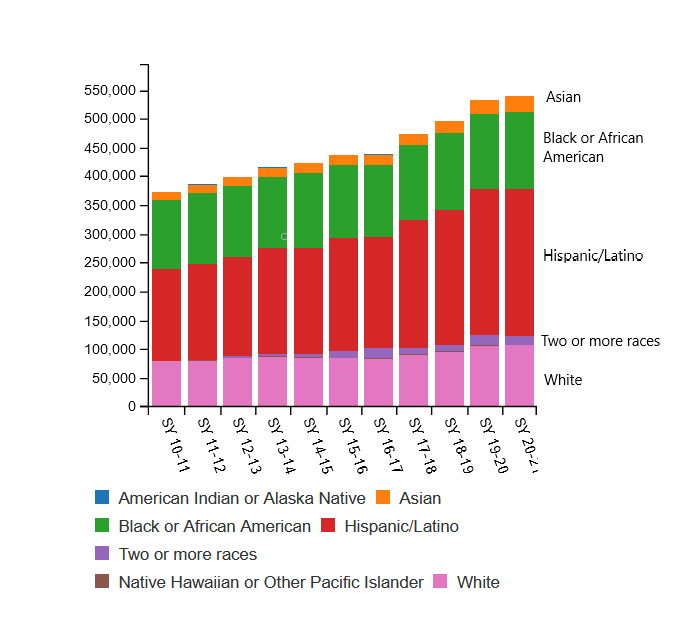Ensuring Equity to Close Achievement Gaps
Office of Supplemental Educational Programs
The degree of unfinished learning caused by the pandemic will differ by student, subject, and grade—affecting math more than reading, younger grades more than older, and students already lacking adequate supports more than others. Research supports two ways schools can give students the opportunities and supports they need to complete unfinished learning: targeted intensive tutoring and expanded learning time (Expanded Learning Time: A Strategy to Solve Unfinished Learning, March 2021). The purpose of Title I, Part A is to provide all children significant opportunity to receive a fair, equitable, and high-quality education, and to close educational achievement gaps. Funds allocated to districts are meant for disadvantaged students who fall behind their peers who are not impacted in the same way. Title I, Part A funds provide access to both academic and non-academic opportunities to help identified students meet challenging, state academic standards.
Promising Practices
1. 2021 Learning Acceleration Resources Guide
The 2021 Learning Acceleration Resources Guide, from the National Institute for Excellence in Teaching (NIET), provides guidance, strategies, and templates to help school teams and individual educators target areas of need and deepen student understanding and ownership of learning.
2. Accelerating Student Learning with High-Dosage Learning
Rigorous research provides strong evidence that high-dosage tutoring can produce large learning gains for a wide range of students, including those who have fallen behind academically. Although high-dosage tutoring is an excellent strategy for addressing COVID-19 learning loss, students most likely to benefit from high-dosage tutoring are the least likely to have adequate access without direct school or district action. The pandemic substantially widened socioeconomic gaps in parents’ searches for online learning resources during spring 2020. Wealthy families also are more likely to hire professional tutors to combat learning loss, exacerbating gaps. Students from lower-income families and schools likely will require additional attention and tutoring resources given lower levels of access to and engagement with supplemental learning tools.
Parent and Family Engagement
Parent and family engagement in education is crucial. No matter their income or background, students with involved parents are more likely to have higher grades and test scores, attend school regularly, have better social skills, show improved behavior, and adapt well to school.
Participation Data
Note for people using screen readers or text-to-speech tools: The alt text for the graph includes the graph type and a high-level summary. All data from the graph is available on the data for Figure 1 page.
Figure 1 shows that student participation has increased over time within each race and ethnic group. The Hispanic/Latino student group accounts for the largest increase in the Title I, Part A school wide and targeted assistance programs.

 Official Site of The State of New Jersey
Official Site of The State of New Jersey